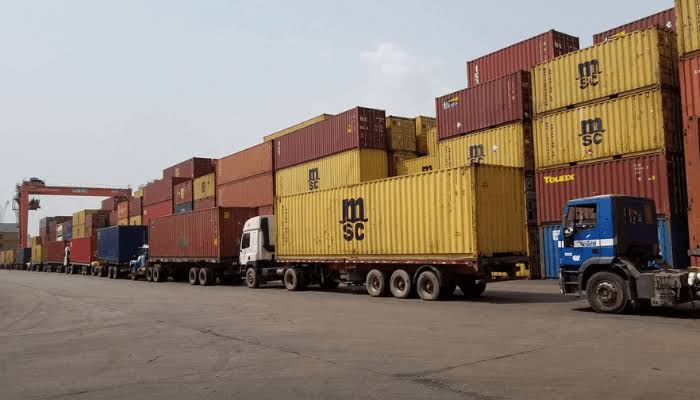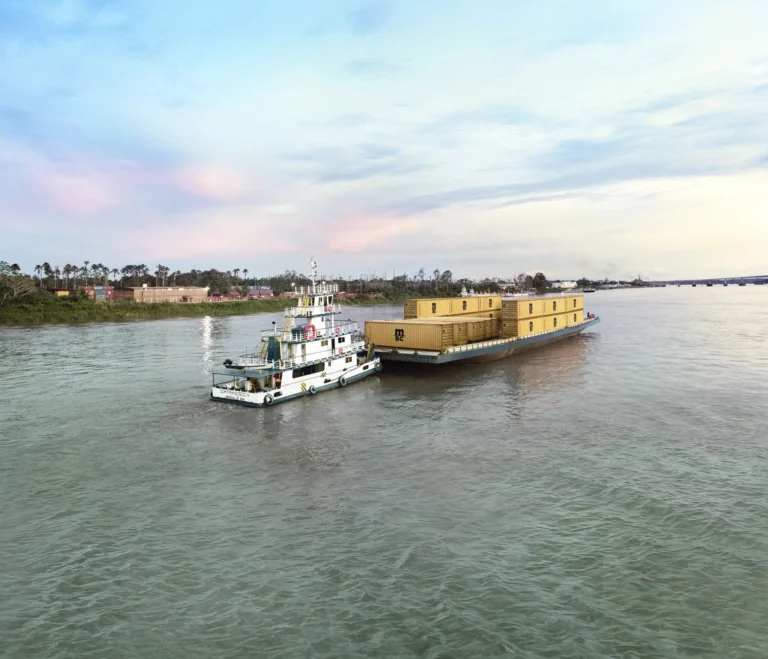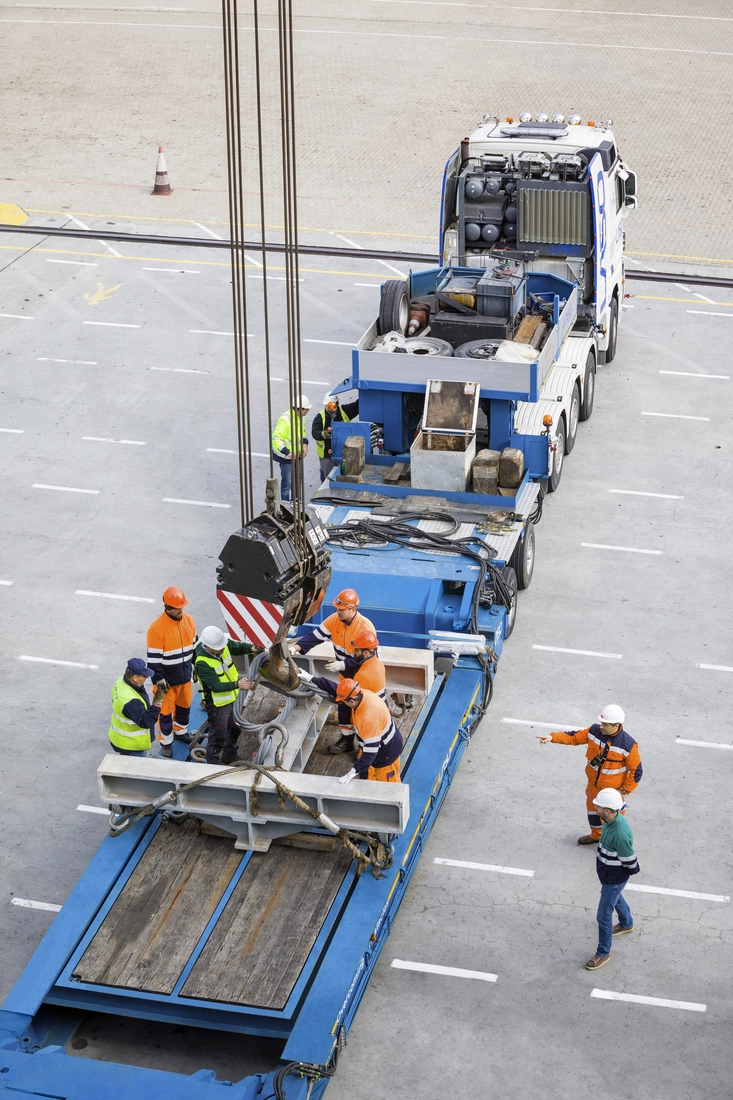Safeguarding your Cargo: The Usefulness of Shipping Container Insulation
Insulated shipping containers are used worldwide as a way of maintaining stable temperature and humidity levels needed to preserve the quality of your cargo.
Unlike refrigerated containers (reefers), which rely on a powered cooling system, insulated containers use double-wall insulation to passively regulate internal conditions without the need for an external power source.
These containers help minimize temperature fluctuations and reduce condensation risks by limiting moisture intrusion during transport. For businesses, using container insulation when needed helps maintain product quality and ensures a seamless, reliable supply chain.
Get a quote and ship with MSC today!
Exploring the Different Types of Container Insulation in Shipping
Designed to make the transportation of your cargo as safe and efficient as possible, there are numerous different types of container insulation available. These include:
Bulk Liners
Safety Liners
Metal Liners
Barrier Liners
Thermal Blankets
Thermal Liners
The Role of Thermal Liners in Shipping Cargo Internationally
Because of their ability to prevent temperature fluctuations and damage from moisture, thermal liners for containers are used in a wide range of industries, including:

Food and Beverages
Including fresh and frozen produce, as well as dairy products, thermal liners are used by businesses in the food and beverage industry to transport cargo that require specific storage temperatures. This helps prevent the growth of bacteria which could result in spoilage or the ill health of your customers.

Pharmaceuticals
Pharmaceutical products are highly sensitive to temperature and humidity and must be handled carefully during transportation to ensure the contents remain effective. Thermal liners are often used to transport pharmaceuticals, including vaccines, insulin, and other temperature-sensitive drugs.

Chemicals
Thermal liners are also used to transport chemicals and ensure they are kept at the correct temperatures. This includes industrial chemicals, paints, and other hazardous materials that can become dangerous if not transported at the correct temperatures.
Maximize Protection:
Benefits of Using Thermal Liners as Shipping Container Insulation
Aside from protecting your cargo from temperature variations during transportation, there are several benefits to utilizing shipping container insulation as part of your overall shipping process. These include:
Preserved Cargo Quality
By reducing the impact of temperature fluctuations, thermal liners help prevent spoilage, discoloration, or degradation—especially for perishable goods.
Maintains Temperature Consistency
Thermal liners maintain a stable internal environment even during long-haul shipping, preventing hot or cold spots that could compromise your cargo.
Efficiency, Flexibility, and Versatility
Thermal liners are easy to install and remove. This allows businesses to alternate between insulated and non-insulated loads with minimal downtime. They’re compatible with various container sizes (e.g., 20ft and 40ft) and types, increasing operational flexibility.
By converting a standard dry container into a passive insulated unit, businesses also reduce dependence on reefer containers—helping to shorten lead times and lower logistics costs when active cooling isn’t essential.

Efficiency, Flexibility, and Versatility
Thermal liners are easy to install and remove. This allows businesses to alternate between insulated and non-insulated loads with minimal downtime. They’re compatible with various container sizes (e.g., 20ft and 40ft) and types, increasing operational flexibility.
By converting a standard dry container into a passive insulated unit, businesses also reduce dependence on reefer containers—helping to shorten lead times and lower logistics costs when active cooling isn’t essential.
Improved Energy Efficiency and Cost Savings
Thermal liners reduce the need for powered refrigeration in suitable scenarios, cutting down on energy usage and associated shipping costs. This makes them a cost-effective choice for moderately temperature-sensitive cargo. Using thermal liners reduces waste from damaged goods and extends the shelf life of perishables. This helps reduce your environmental impact and supports more sustainable supply chains—while building a reputation for quality and reliability.
** The nature and specific requirements of your cargo must be considered when selecting the type of container and insulation. Always consult experts when preparing your cargo for shipping.






